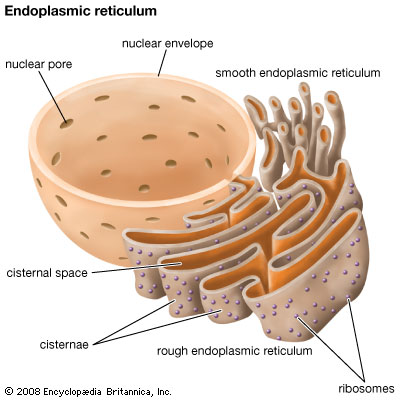Functional Output of DNA: Protein Synthesis
The functional output of DNA, often referred to as the “genetic blueprint of life,” is the bedrock upon which all living organisms build their complexity and diversity. At the heart of this multifaceted molecule lies the code for life itself, encoding the instructions for the synthesis of proteins, the machinery of cellular processes, and the …
